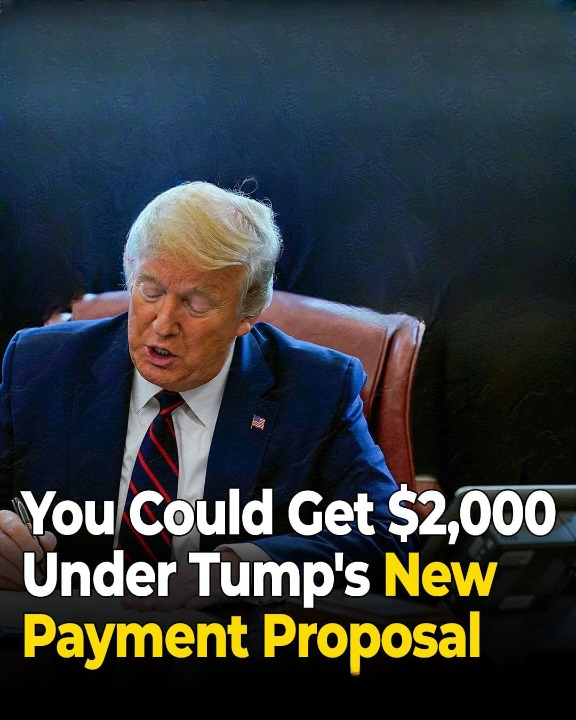
Former President Donald Trump recently proposed giving most Americans a $2,000 stimulus payment, announcing the idea on Truth Social. He said the payments would exclude high-income earners and would be funded entirely by tariffs on imported goods. The proposal drew widespread attention but also skepticism, as many questioned whether tariff revenue could realistically cover the cost.
Trump linked the payments to what he described as the strong performance of his trade policies, claiming tariffs were generating “trillions” in revenue. However, no official framework has been released explaining income thresholds, eligibility rules, or a timeline. Treasury Secretary Scott Bessent suggested households earning under $100,000 might qualify, but nothing has been finalized. Congress would still need to approve any stimulus package.
A major point of debate is funding. Treasury data shows tariff revenue is around $195 billion, far below the estimated $300–600 billion needed to fund the payments. Economists argue the math simply doesn’t add up. Legal challenges also complicate the plan, as several courts have questioned the administration’s authority to impose certain tariffs. With rising consumer prices linked to tariffs as well, critics warn that a one-time $2,000 payment may not offset ongoing costs.